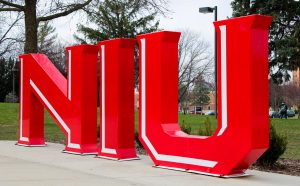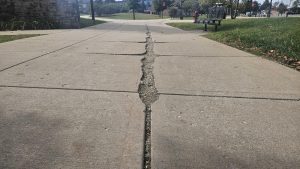There are many advanages of public schooling
March 24, 2013
When a child is ready to start school, his or her parents have many options in regard to where he or she is going to go: Public, private, charter, voucher, home-schooling–oh my gosh, it is too much.
In my opinion, I think there is one option with the best chances of success: public schools.
I am not saying this is the only option for schooling; however, as a graduate from an inner city public school, I will tell you what benefits they have over other options.
Public schools continue to get a bad rap (especially those in inner cities) and as a result, parents are often hesitant to send their children to learn there. However, public schools in general have benefits that people do not often realize.
First of all, public schools are, more often than not, a random sample of the population and have real world barriers, all of which can be overcome.
Also, the exposure to diversity leads to a level of open-mindedness that cannot be matched by private schools and certainly not by home schooling.
Home schooling has been praised by parents across the nation and I can definitely see some of the benefits; however, for the sake of proper education, I think it should be used as a last resort.
My issue with these programs is that they don’t allow for any social interaction with peers. This results in a huge gap in the education of the child.
According to the Center on the Social and Emotional Foundations for Early Learning, social interaction in early childhood serves a number of purposes: “Throughout the day, as they …interact with each other, preschoolers learn to share, solve problems and collaborate. They also build friendships that promote positive social and emotional development.”
Without peer interaction, children lose so much.
What about private schools? Children in private schools have the opportunity for social interaction, as well. However, according to the website of the Council for American Private Education (CAPE), 87 percent of private schools have fewer than 300 students, and the average annual tuition for Non-Sectarian private schools is $17,316. These two numbers represent students who make up a very small portion of the population (those who come from wealthy families).
However, the real world is a little more diverse.
I am a firm believer that the earlier that children are exposed to real-world environments, the earlier they will be ready for the real world.
I believe that to some extent, alternative schooling options shelter students from reality. Although graduating from an inner-city public school is difficult, so is being successful in life, and I have already realized that the skills I learned at my public school are serving me well at NIU.
I am not saying that public school is for everyone, and certainly different situations call for different measures. Perhaps the very things that make public schools scary are the things that make it beneficial.






